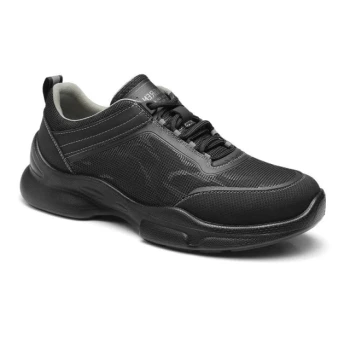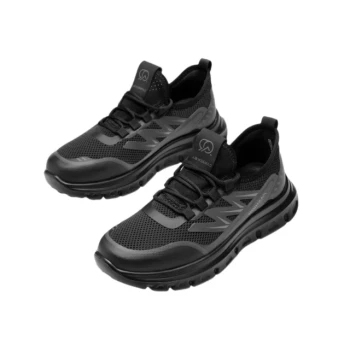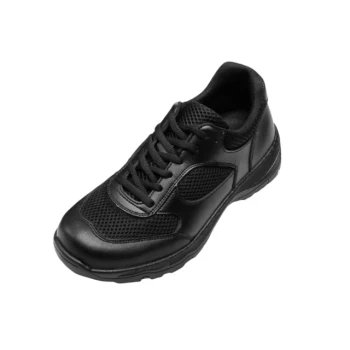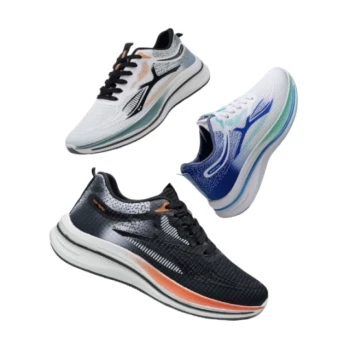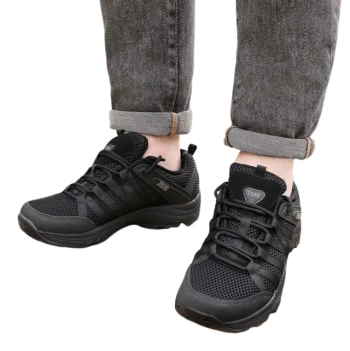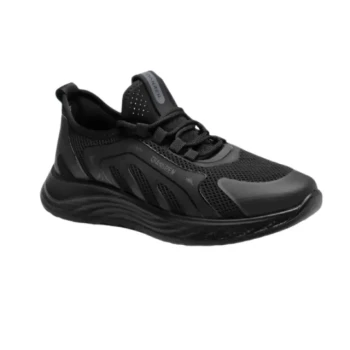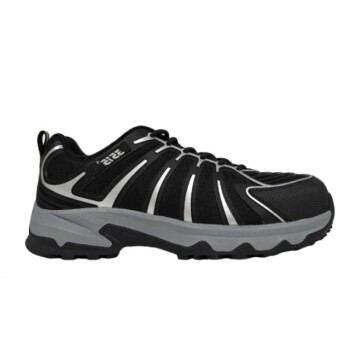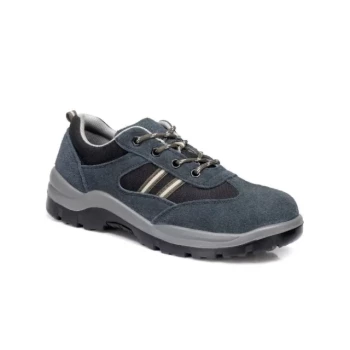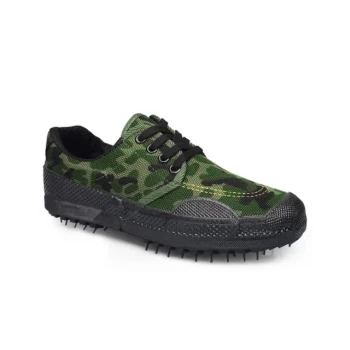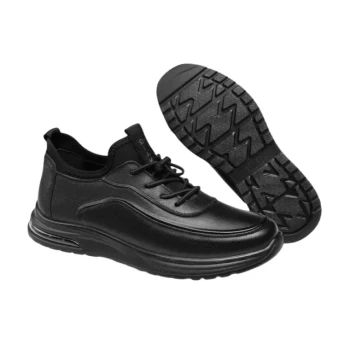Yes, you can absolutely use running shoes for walking. In fact, for many people, especially those walking for fitness on pavement, a good pair of running shoes is one of the most comfortable and supportive options available. However, the two activities involve different biomechanics, and not all running shoes are well-suited for a walking gait.
The core takeaway is that while running shoes are generally safe and effective for walking, their design is optimized for high-impact shock absorption, not the low-impact, rolling motion of a walking stride. This distinction becomes critical when considering comfort, stability, and the specific type of running shoe you choose.
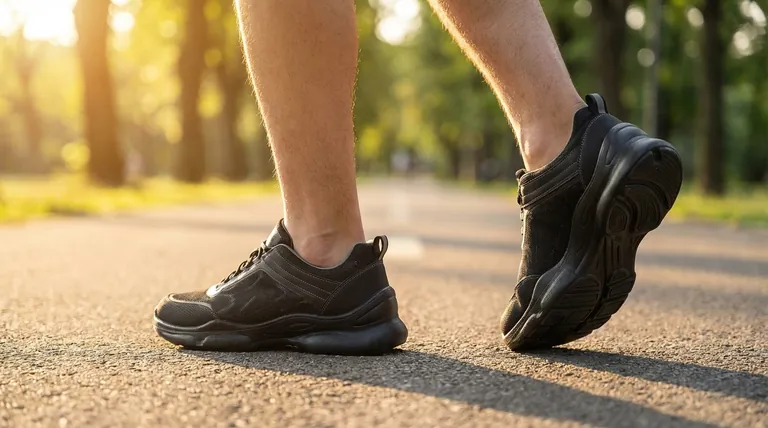
The Fundamental Difference: Impact vs. Stability
To understand if a running shoe is right for your walk, you first need to appreciate how the footwear is engineered for two very different types of movement.
How Running Demands Cushioning
Running is a high-impact activity. With each stride, your body absorbs a force equivalent to two to three times your body weight.
Running shoes are therefore built with significant cushioning, especially in the heel and midfoot, to dissipate this shock and protect your joints.
How Walking Requires a Smooth Transition
Walking is a low-impact, rolling motion. One foot is always on the ground, and your weight rolls smoothly from your heel, through the midfoot, and off your toes.
Walking shoes are designed to facilitate this motion with greater flexibility and a focus on stability, rather than maximum shock absorption.
When Running Shoes Excel for Walking
Despite these differences, certain types of running shoes are excellent for walking, particularly for fitness or on hard surfaces.
The Versatility of "Daily Trainers"
Standard, neutral running shoes—often called "daily trainers"—are typically the best choice. They are designed for repetitive, forward motion and offer a great balance of cushioning and support that works well for brisk walking.
Comfort Over Long Distances
The superior cushioning found in most running shoes can be a significant benefit for people who walk long distances or spend many hours on their feet, providing comfort that might surpass a typical walking shoe.
Understanding the Trade-offs and Downsides
Using running shoes for walking is not without potential drawbacks. The key is to avoid a mismatch between the shoe's design and your activity.
The Problem with Performance Shoes
Highly specialized running shoes, like lightweight racers or carbon-plated "super shoes," can feel awkward and unstable at a walking pace. Their aggressive geometry is built for speed and can disrupt a natural walking gait.
Excess Rigidity and Stiffness
Some running shoes, particularly stability models designed to control pronation, can be too rigid for walking. This stiffness can interfere with the natural flex of your foot during the heel-to-toe roll.
Accelerated Wear and Tear
If you are a dedicated runner, using your primary running shoes for daily walking will wear down their specialized midsole foam much faster. This reduces their lifespan and effectiveness for their intended purpose: running.
Making the Right Choice for Your Walk
Ultimately, the best shoe depends entirely on your specific goal and the terrain you'll be on.
- If your primary focus is fitness walking on pavement: A standard "daily trainer" road-running shoe is often an excellent and comfortable choice.
- If your primary focus is walking on trails or uneven ground: A trail-running shoe offers a better balance of cushioning, durability, and grip for non-paved surfaces.
- If you are a dedicated runner: Consider using an older, retired pair of running shoes for walking to preserve the specialized cushioning in your current pair.
- If your primary focus is casual, all-day wear: A dedicated walking shoe may provide better flexibility and a more natural feel for slower paces and varied movements.
Choosing the right footwear is simply about matching the tool to the task for maximum comfort and support.
Summary Table:
| Activity | Best Shoe Type | Key Feature |
|---|---|---|
| Fitness Walking (Pavement) | Daily Trainer Running Shoe | Balanced cushioning & support |
| Trail Walking | Trail Running Shoe | Superior grip & durability |
| Casual/All-Day Walking | Dedicated Walking Shoe | Greater flexibility & stability |
| Running (Primary Use) | Performance Running Shoe | Maximum shock absorption |
Need the Perfect Shoe for Your Needs? Partner with 3515 Factory.
As a large-scale manufacturer, 3515 produces a comprehensive range of footwear for distributors, brand owners, and bulk clients. Whether you need running shoes optimized for walking comfort or dedicated walking shoes, our production capabilities encompass all types of shoes and boots to meet your specific market demands.
Contact our expert team today to discuss your footwear production needs and deliver superior comfort to your customers.
Visual Guide

Related Products
- Wholesale Breathable Training Shoes Custom Athletic Footwear Manufacturer
- Wholesale Lightweight Cushioned Athletic Sneakers for Custom Bulk Production
- Wholesale Durable & Breathable Training Shoes for Custom Brands
- Wholesale Breathable Athletic Sneakers - Custom Lightweight Cushioned Footwear Manufacturer
- Lightweight Breathable Sneakers with Wet-Traction Grip for Wholesale & Private Label
People Also Ask
- Why are running shoes and walking shoes not interchangeable? Avoid Injury with the Right Footwear
- What are the characteristics of canvas as a shoe material? A Guide to Lightweight, Breathable Footwear
- What are the benefits of breathable materials in work shoes? Enhance Comfort & Health for Your Workforce
- What should be considered when choosing smart trainers for business casual? A Guide to Professional Style
- What materials are best for athletic activities in warm climates? Stay Cool with Moisture-Wicking Fabrics
